Affiliate links on Android Authority may earn us a commission. Learn more.
State of the world's 4G LTE networks - June 2017
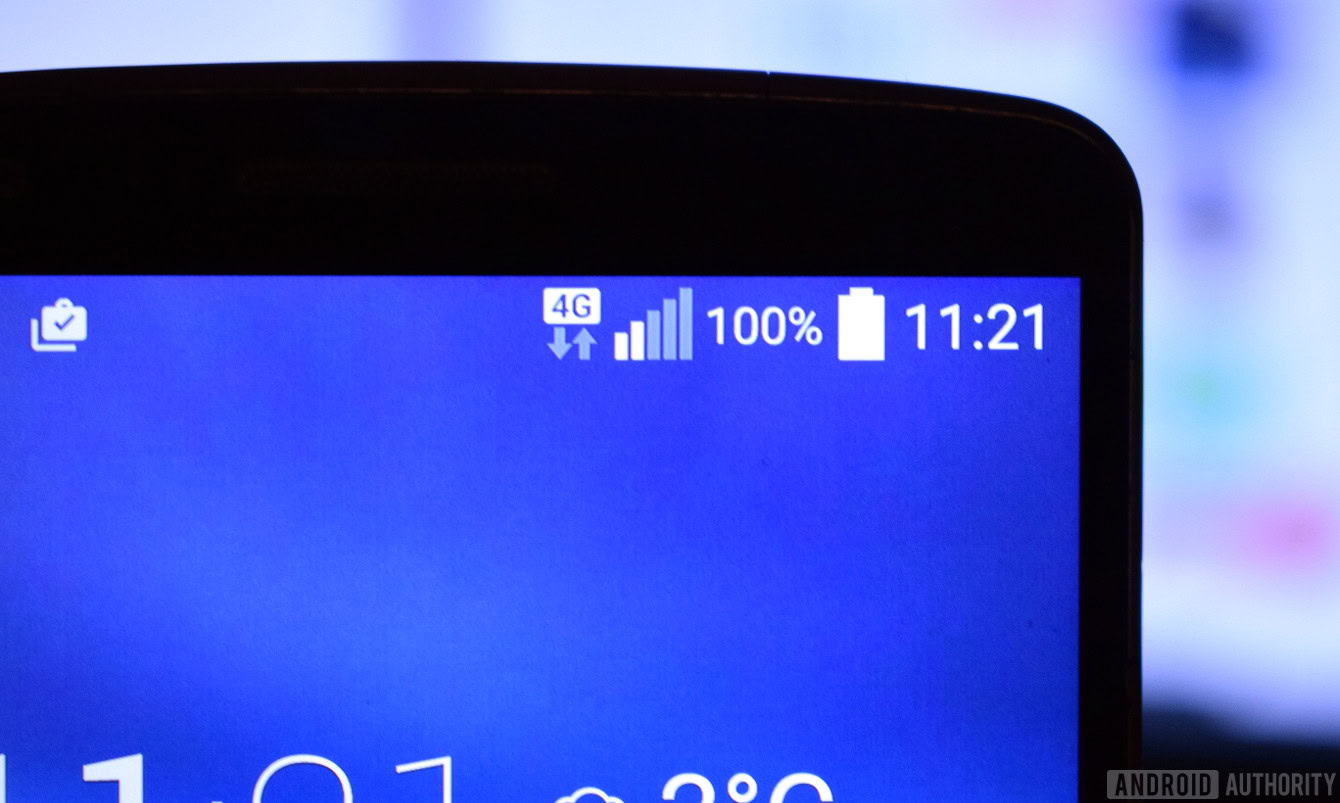
OpenSignal is back with another look at the state of the world’s 4G LTE networks, revealing this year’s trends and fastest countries between January 1st and March 31st. They key takeaways include big growth in India’s LTE market, faster peak speeds around the world, and South Korea leading the way with coverage. But let’s dive a little deeper into the data.
Looking at the broad trends, global typical LTE speeds have actually dropped in the half-dozen months since the company’s last report, the first time this has been recorded. The average LTE speed measured globally has fallen to 16.2 Mbps, down from the 17.4 Mbps that the researcher measured in November 2016. The company believes this is due to a number of countries bringing lower capacity networks online recently and increases local demand in some regions. At the same time, the fastest 15 countries now offer typical download speeds in excess of 30 Mbps. So there also appears to be a growing gap between the fastest and slowest networks.
Top 5 fastest countries
Despite a falling average, the world’s fastest 4G LTE networks continue to push speeds forwards, with a number of carriers and countries chasing a 50 Mbps average. Again we see that many of LTE’s earliest adopters are leading with way, with Singapore, South Korea, Australia, Norway and the Netherlands all producing impressive results after years of deployment and network optimizations.

In terms of the very fastest networks, it’s Singapore, South Korea, Hungary, Norway, and the Netherlands that top the chart, meaning that New Zealand and Romania drop out from the top spots when compared with the previous report. The top five come in at 45.62, 43.46, 42.61, 41.36, and 38.36 Mbps respectively, which makes it a pretty tight race in the top four. Norway is the most notable entry into the top five this year, as the country’s speeds have shot up in just a little over half a year.
Singapore, South Korea, Hungary, Norway, and the Netherlands offers the fastest LTE, more than doubling the average speeds available to US customers.
On the other hand, the US, despite the size of its market, is still lagging a long way behind these leaders and actually falls short of the global average speed once again, managing just 15 Mbps average across the country. The UK fares a little better this year, with a 22.65 Mbps average LTE speed, but it’s deployment has been significantly slower than many others in Europe, which offer much faster typical speeds.
Speaking of Europe, the continent sees typical speeds reach anywhere between 25 Mbps at the low end, up to 40 Mbps plus in the fastest countries. 30 Mbps seems to be roughly the average, which is notably better than the scores last year.
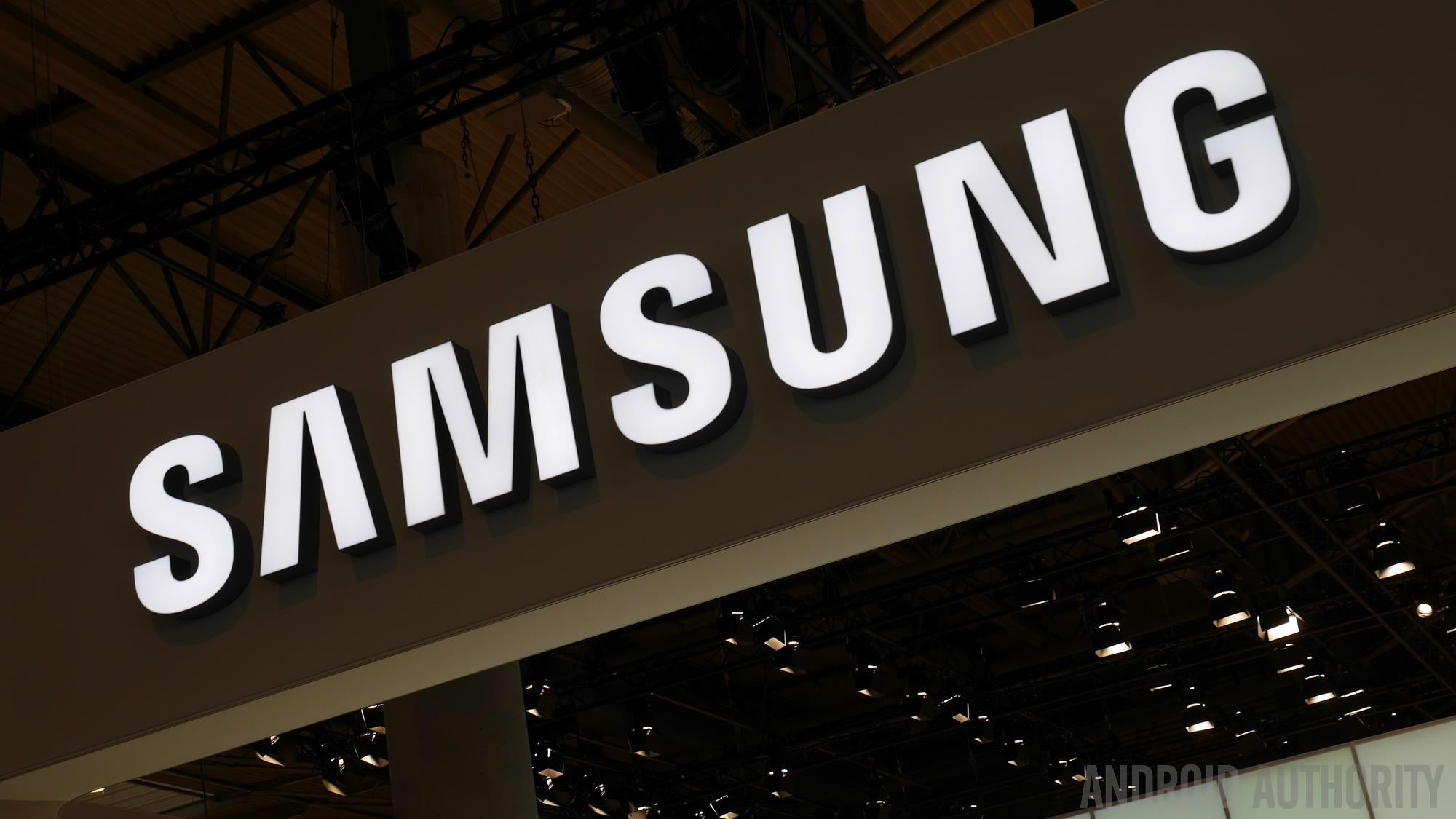
India remains an interesting case, as typical consumer LTE speeds have continued to drop over the past couple of years, according to OpenSignal’s data. This is occurring as consumers are increasingly transitioning away from 3G networks and handsets and onto newer 4G technologies. The report notes that the commercial launch of Jio’s 4G network in September 2016 has already attracted more than 100 million subscribers. This means that more and more Indian consumers are now on a 4G network, however this demand is putting increased strain on network infrastructure, resulting in lower average speeds.
Top 5 countries with the best coverage
Of course, a fast network is no good if consumers can’t achieve a regular 4G connection, so coverage is equally important. The top five hasn’t changed much from the last report, although the US has managed to hop into third position. An impressive feat for such a large country. The top 5 nations for coverage include South Korea (96.4%), Japan (93.5%), US (86.5%), Hong Kong (86.4%), and the Netherlands (86.1%).
The movement of the US into third caused Lithuania to just fall out of the top five into sixth, with a still notable score of 85.1%. A number of other countries, including Taiwan, Finland, Singapore, Estonia, and Canada, can offer customers a 4G connection over 80% of the time, which is a rather good result.
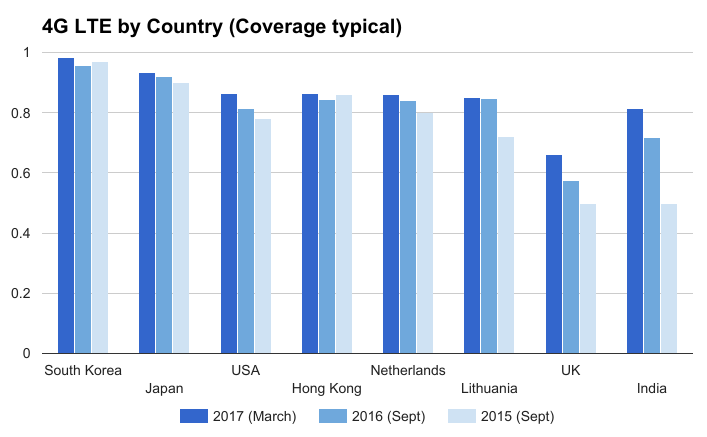
Although India lags behind on speeds, the country’s 4G users see a connection 81.6% of the time, placing it just inside the top 15 for coverage.
Although India lags behind on speeds, the nation has quickly increased its coverage to overtake a number of countries in the past two years. The country’s 4G users see a connection 81.6% of the time, putting the company not far outside of the top 10.
This seems to confirm the theory that more and more Indian consumers are coming online and that 4G networks continue to reach more consumers. Barely two years ago, customers could only achieve a 4G connection in the country just 50% of the time.
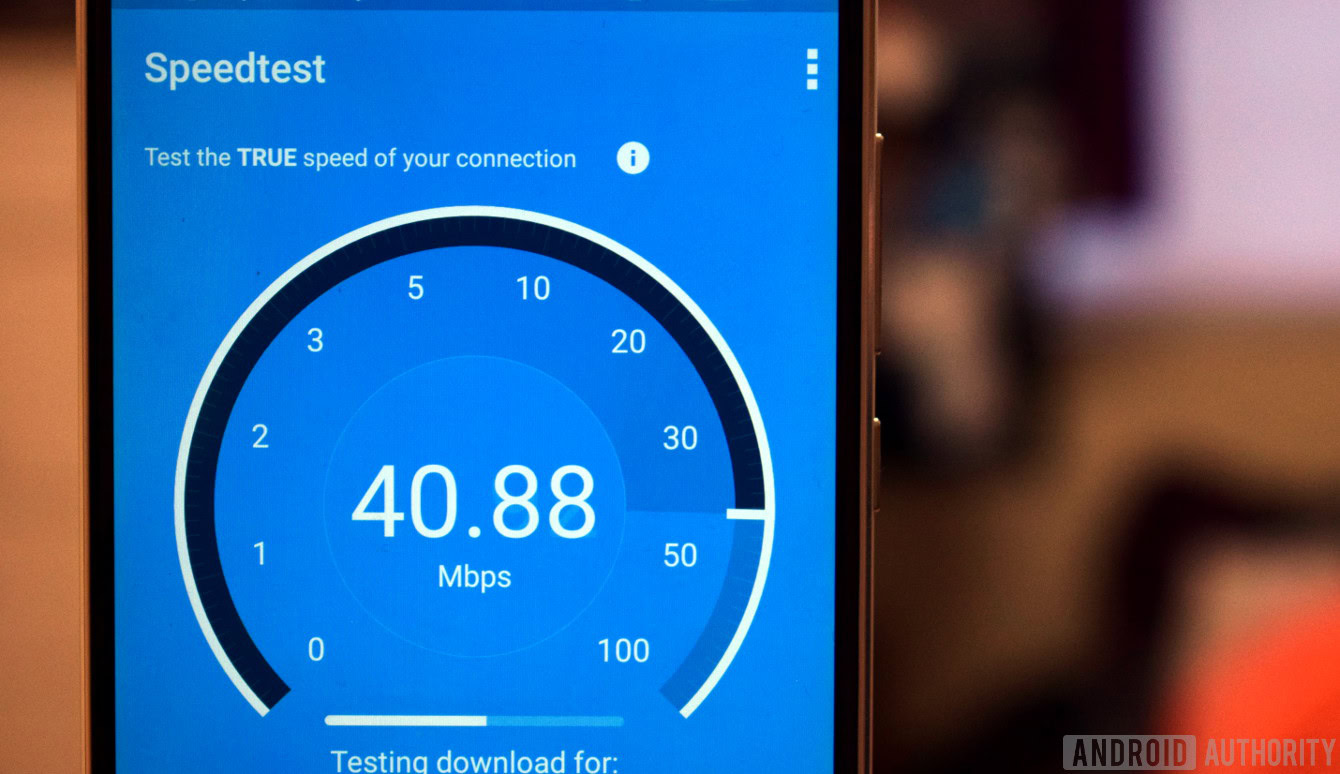
In Europe, coverage is considerably more varied. Central European countries, including France and Germany, are some of the worst performers, with 4G availability down at around just 59%. This is followed up by Poland on 63%, the UK and Greece on 66%, and Croatia and Spain at 72%. Northern European countries typically perform better, with Denmark on 78%, and Finland, Sweden, and Norway all well above the 80% mark.
Wireless vs broadband
As we saw with the last year’s report, countries with the fastest 4G LTE networks easily outsrip the capabilities of the average wired broadband connection. However, both the typical LTE and WiFi speeds seen by consumers in 2017 have fallen compared with last year, likely as a result of more and more consumers around the world coming online and straining existing infrastructure.
The fall in global average speeds will likely reverse in time, as carriers in slower countries continue to invest in additional capacity. Still, in the immediate term this suggests a growing gap between the fastest and most established networks and newer ones that are catering to growing demand.
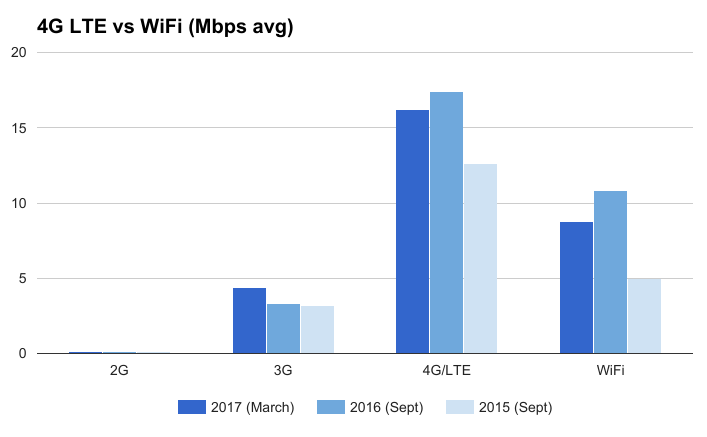
The global industry is still also rather split when it comes to 4G LTE availability. While East Asia leads the field in both speeds and availability, other rival countries with equally fast speeds often find that the best coverage is reserved for built up areas, with less populated locations suffering from lower speeds and less frequent availability. This remains a problem across much of central Europe, but the situation in the US and India shows that this problem can be overcome if carriers are willing to lay down the require infrastructure.
Overall, the report indicated a steady overall increase in the availability of LTE signals over the past six months, with 16 countries now arriving over the 80 percent threshold, up from 11 back in November. Similarly, 15 countries now offer typical LTE speeds above 30 Mbps, up from 11 in the previous report. East Asia and Europe are leading the way with faster speeds, despite a slight fall in global average speeds.
For a closer look at how your home country performed in the rankings this year, and more data and insights into global 4G LTE trends, be sure to check out OpenSignal’s full report.